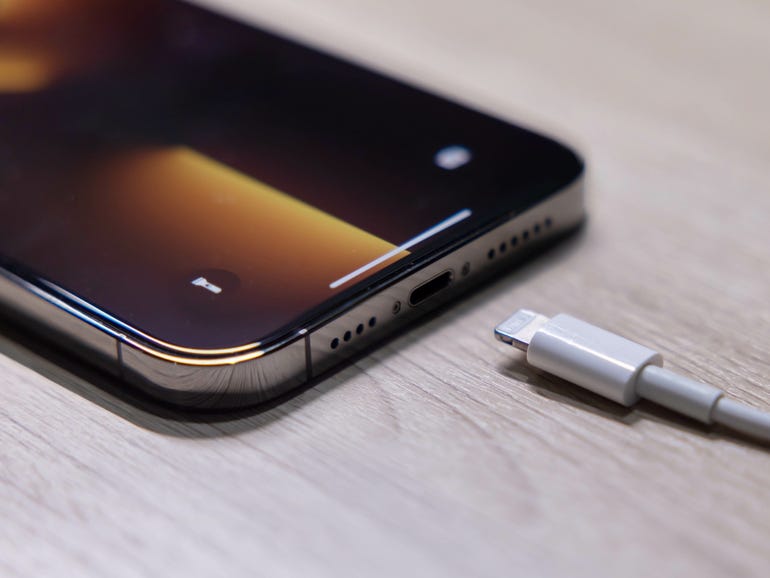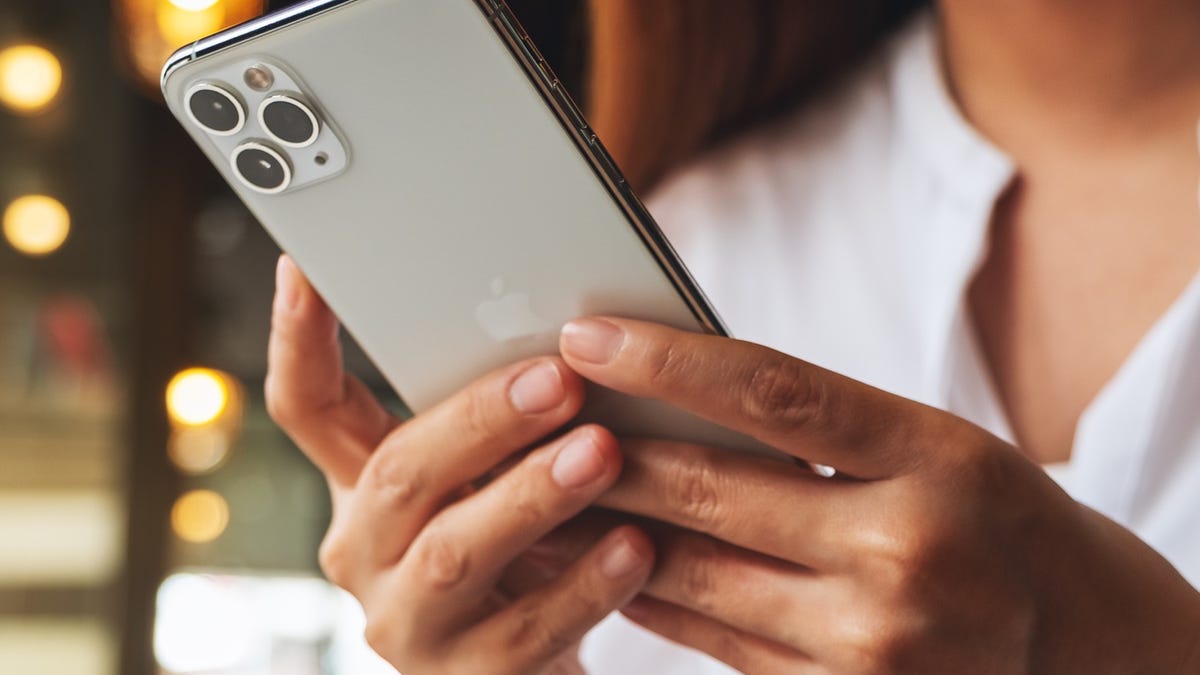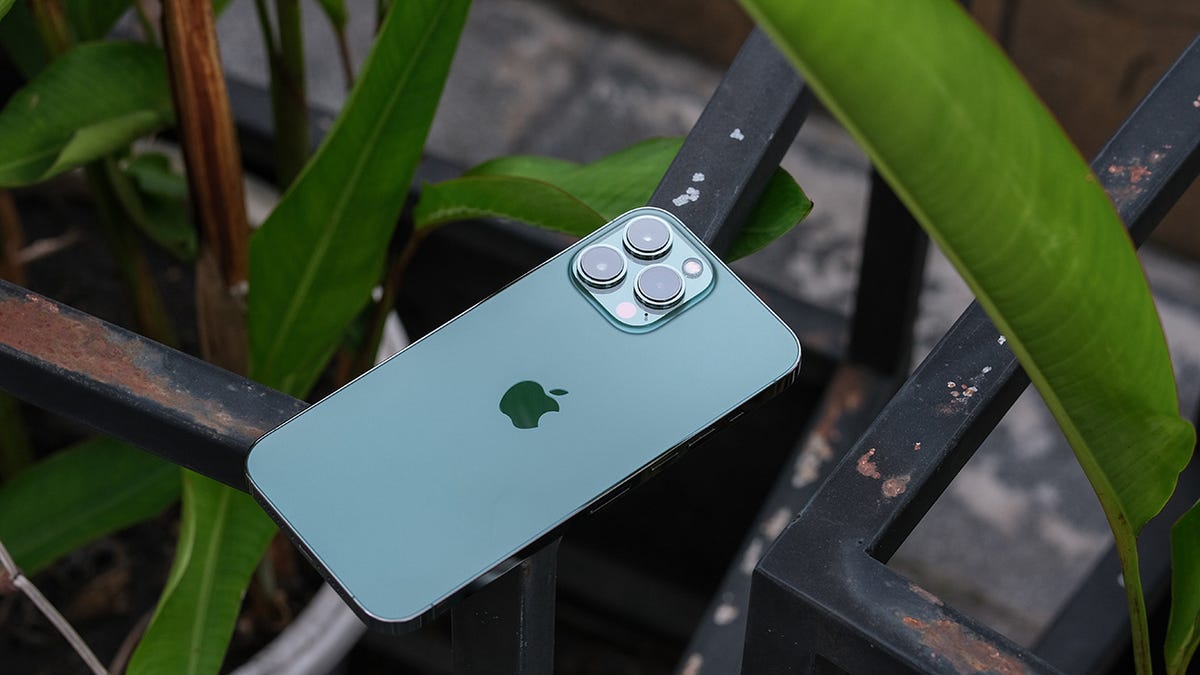Is your iPhone case damaging the battery?
Cases seem like a complete no-brainer for modern smartphones. Smartphones are slabs of breakable glass that cost hundreds of dollars. A case seems like a sensible investment to prolong the life of your iPhone.
But the very thing you bought to keep your iPhone safe could be damaging the battery.
OK, let’s back up a bit. Apple engineers its devices to operate best at room temperature. While the sweet spot is between 62° to 72° F (16° to 22° C), iPhones have a Goldilocks zone spanning 32° to 95° F (0° to 35° C). Anything below that is too cold; anything above that is too hot.
For reference, MacBooks have a different range, spanning 50° to 95° F (10° to 35° C).
Must read: Best ways to charge your iPhone. How I changed and you should too
Now, 95° F sounds quite high, but I’ve seen iPhones get pretty warm when charging.
But do they get anywhere near that too hot zone when in a case?
Here’s what Apple has to say on the matter:
“Charging your device when it’s inside certain styles of cases may generate excess heat, which can affect battery capacity. If you notice that your device gets hot when you charge it, take it out of its case first.”
Note that when Apple says that a case “may generate excess heat,” this is not entirely accurate. What’s happening is that the case is acting like a sleeping bag and trapping the heat in.
OK, so that’s the idea. There’s no better way to test this than to get a multimeter with a thermocouple and start testing. I’d slip the thermocouple between the iPhone and the case and put it on charge.
The test subject was my iPhone 13 Pro Max, and I tested a number of cases over a few days.
Before I go any further, this is not a scientific test. I’m not pitting one case against another, and I’m not going to say that one kind of case is better than another. My goal here is to see if I can get the iPhone to hit, or exceed, that 95° F.
The ambient room temperature during the test was in the region of 62° F.
Here’s what I’ve discovered
- Using 5W low-power chargers, the iPhone stayed comfortably in the happy zone no matter what case I used.
- Using higher-power USB-C chargers, the temperatures using certain cases would get very close to the too hot mark.
- Using the iPhone while it was on charge on a higher-power USB-C charger caused temperatures to rise, and I was on several occasions able to get them to spike into the too hot zone.
- Silicone cases seem to keep the iPhone cooler than rubberized cases.
And remember, these tests were carried out at the cooler end of the ambient temperature range.
As I said, this is unscientific, but it seems that Apple is correct when it says that cases can cause iPhones to overheat by preventing them from cooling properly.
Is this contributing to battery wear? Quite possibly.
Should you stop using a case? Probably not, because this is likely to contribute to even greater iPhone wear when you bust the screen.
My advice is if your iPhone feels hot when charging, either move it to a cooler area, or remove the case. Or you could use a slower 5W charger, which seems to be a safer bet.




